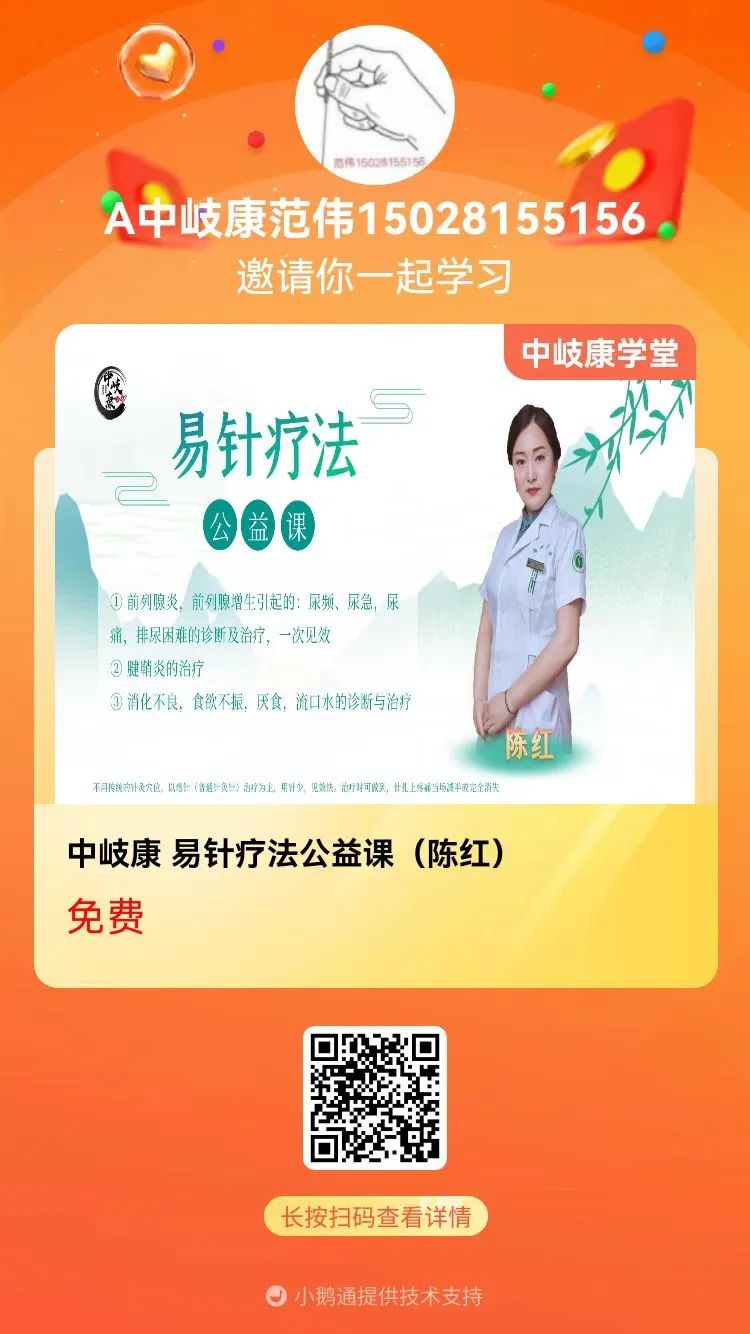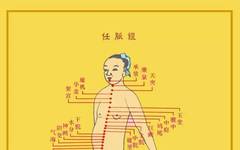The Eight Extraordinary Meridians refer to the Du Mai (Governing Vessel), Ren Mai (Conception Vessel), Chong Mai (Penetrating Vessel), Da Mai (Belt Vessel), Yin Wei Mai (Yin Linking Vessel), Yang Wei Mai (Yang Linking Vessel), Yin Qiao Mai (Yin Heel Vessel), and Yang Qiao Mai (Yang Heel Vessel). Unlike the twelve regular meridians, they do not directly connect to the organs and do not have a paired relationship with the exterior, hence they are called Extraordinary Meridians.
Their functions include: first, they connect the twelve meridians, linking those that are close in location and similar in function, thus regulating the related meridians’ qi and blood and coordinating yin and yang;
Second, they regulate the accumulation and infusion of qi and blood in the twelve meridians. The Eight Extraordinary Meridians are like lakes and reservoirs, while the qi of the twelve meridians is like the waters of rivers.
The Eight Extraordinary Meridians were mentioned in scattered records in the Huangdi Neijing (Yellow Emperor’s Inner Canon), but were discussed in detail in the Nanjing (Classic of Difficult Issues), where the term Eight Extraordinary Meridians was first introduced.
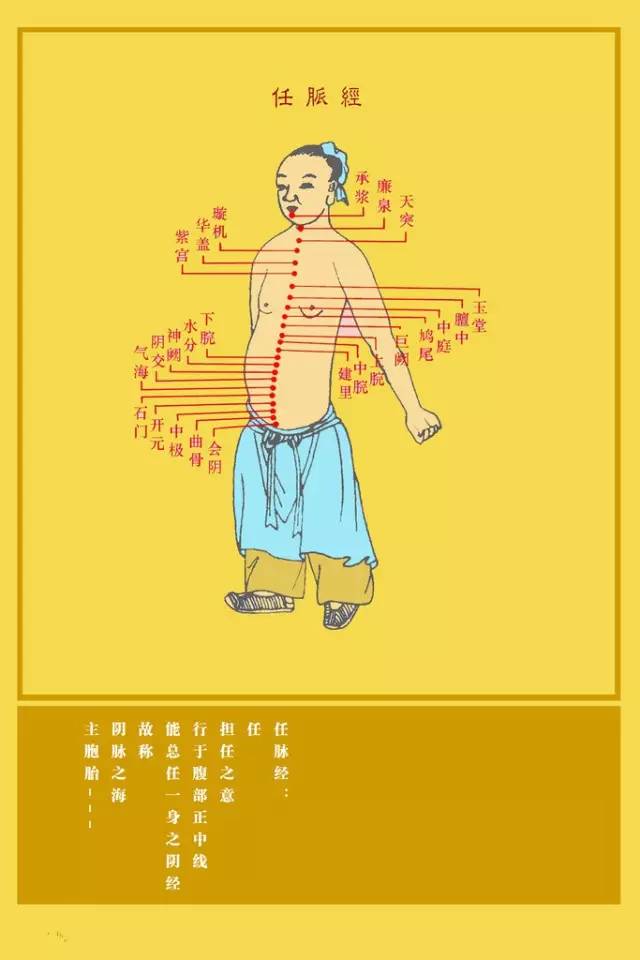
Among the Eight Extraordinary Meridians, the Ren Mai and Du Mai are particularly significant due to their associated acupoints, thus collectively referred to as the Fourteen Meridians. All fourteen meridians have specific pathways, symptoms, and associated acupoints.
Opening the Extraordinary Meridians allows one to feel the smooth flow of qi and blood throughout the body, resulting in increased vitality. The method of opening the Eight Extraordinary Meridians is a crucial aspect of traditional dual cultivation practices. It has been regarded as a closely guarded secret by Taoist masters throughout history, with no disclosure in various alchemical texts and Taoist scriptures.
Li Shizhen in his work On the Eight Extraordinary Meridians stated, “All humans possess these eight meridians, which are closed and inactive; only the immortals can open them with yang qi, thus achieving the Dao. The eight meridians are the roots of pre-heaven and the ancestors of qi.”
The eleventh generation inheritor of the Longmen school, Zhao Bicheng, first revealed this method in his book Clarification of the Dual Cultivation Method, providing a detailed introduction to this practice. His disciple, Niu Jinbao, elaborated on the Eight Extraordinary Meridians in his book Methods for Health and Longevity. However, truly understanding and mastering this method is not an easy task.
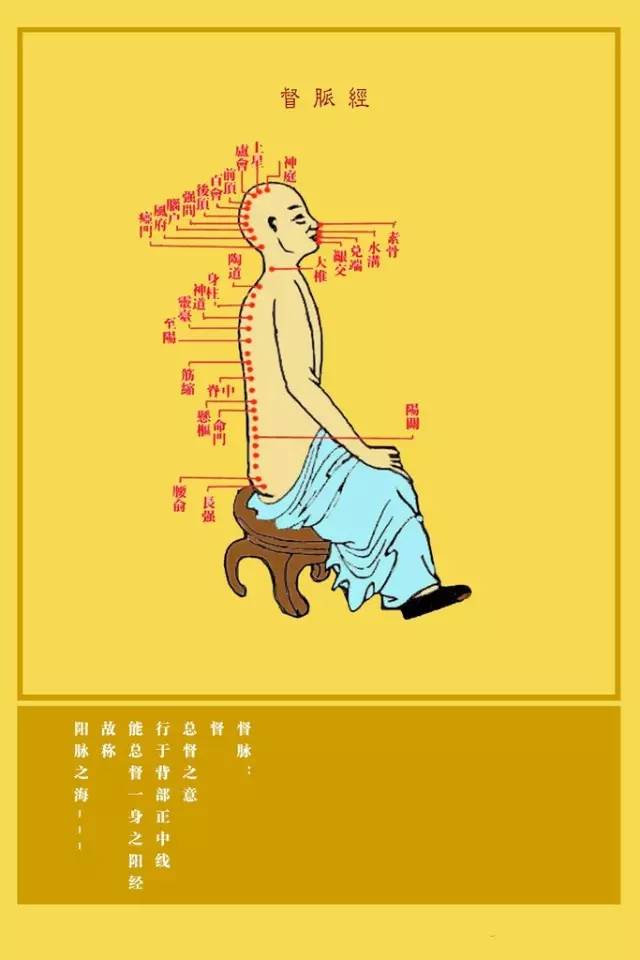
Among the eight meridians, the Ren and Du are the most important. They play a significant role in the entire dual cultivation process. It is said that the Ren and Du meridians are the meridian of the body, representing the path of yang fire and yin symbol, and the place where the Kan (Water) and Li (Fire) interact.
The twelve regular meridians form the main body of the meridian system, characterized by their connection to the organs and their paired relationships. They include the three yin meridians of the hand (the Taiyin Lung Meridian, Jueyin Pericardium Meridian, and Shaoyin Heart Meridian), the three yang meridians of the hand (the Yangming Large Intestine Meridian, Shaoyang Sanjiao Meridian, and Taiyang Small Intestine Meridian), the three yang meridians of the foot (the Yangming Stomach Meridian, Shaoyang Gallbladder Meridian, and Taiyang Bladder Meridian), and the three yin meridians of the foot (the Taiyin Spleen Meridian, Jueyin Liver Meridian, and Shaoyin Kidney Meridian), collectively known as the Regular Meridians.
Connection Patterns of the Twelve Meridians: The yin meridians and yang meridians (which are mutually exterior-interior) intersect at the extremities of the hands and feet, while the yang meridians of the same name intersect at the head and face, and the yin meridians intersect at the chest.
In addition to the twelve regular meridians, the human body has a more important balancing system, which is the Eight Extraordinary Meridians. The Eight Extraordinary Meridians are our lifelines; as long as you massage the major acupoints on these meridians daily, you will feel a surge of clear yang energy in your body.
The Eight Extraordinary Meridians regulate the accumulation and infusion of qi and blood in the twelve meridians. There are eight representative acupoints in the Eight Meridians: Gong Sun (Gong Sun), Nei Guan (Inner Pass), Lin Qi (Palace of Tears), Wai Guan (Outer Pass), Shen Mai (Shen Pulse), Hou Xi (Back Stream), Lie Que (Broken Sequence), and Zhao Hai (Shining Sea). Each acupoint’s effect can be likened to a “nuclear reactor,” treating a large area with just one treatment.
Nei Guan Acupoint: Nourishing Beauty and Heart
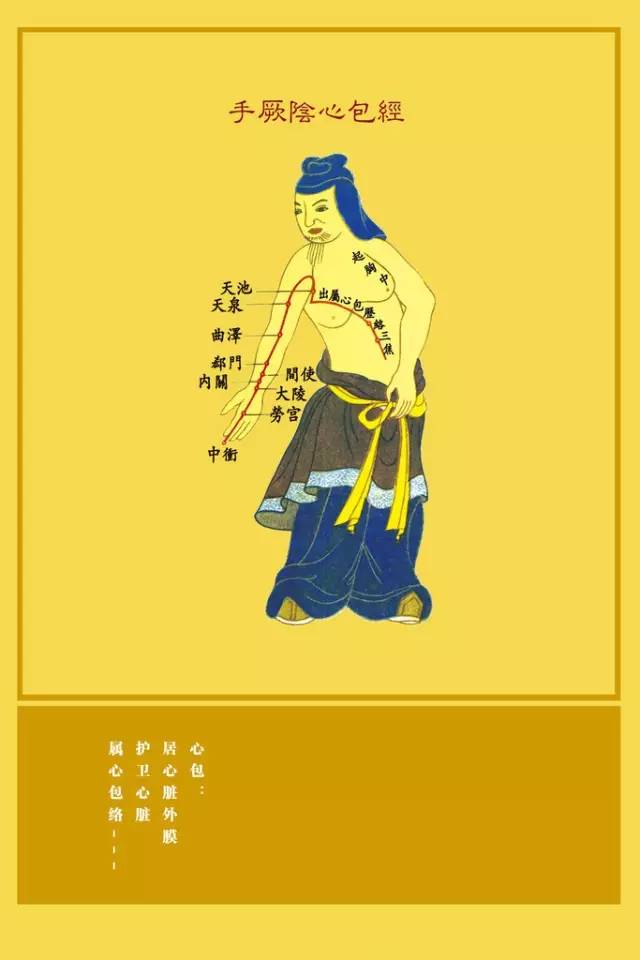
Many women between the ages of 40 and 50 often experience symptoms such as palpitations, shortness of breath, and night sweats. Hospitals may not find any specific illness, only vaguely diagnosing it as menopausal syndrome or sub-health.
According to ancient wisdom, when women reach this age, their bodies are generally in a state of decline, with aging beginning from the Yangming Meridian, gradually leading to a decline in the qi and blood of the three yang meridians. As the head is the meeting point of all yang, if the qi and blood cannot reach the face, wrinkles and spots will appear.
Beauty is closely related to qi and blood. The heart governs the spirit, and its radiance is reflected on the face. The spirit of the heart relies on qi and blood for nourishment; when qi and blood are abundant, it naturally reflects on the face. Therefore, women should first nourish their hearts to enhance their beauty.
The Nei Guan acupoint belongs to the Pericardium Meridian, connects with the Ren Mai, and is one of the meeting points of the Eight Meridians. The true efficacy of the Nei Guan acupoint lies in its ability to open the body’s internal mechanisms, benefiting qi and blood, calming the spirit, and enhancing beauty.
The Nei Guan acupoint is easy to locate; it is on the inner side of the arm, two inches above the wrist crease. When locating the acupoint, make a loose fist and place it palm-up; use the index, middle, and ring fingers of the other hand to align with the wrist crease, and the point where the index finger presses is the Nei Guan acupoint. The benefit of this acupoint in health maintenance is that it can be pressed and rubbed anytime and anywhere, with a slight feeling of soreness being ideal.
Wai Guan Acupoint: The “Clever Ear Acupoint”
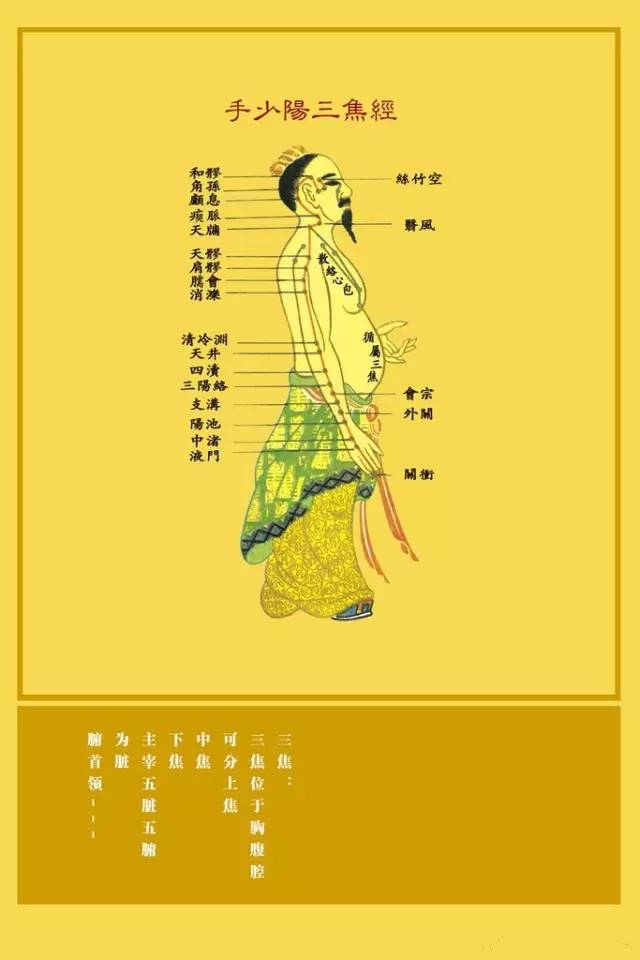
Traditional Taoist medicine believes that temporary hearing issues are a manifestation of insufficient yang qi in the body. So what role does the Wai Guan acupoint play in this situation? Massaging the Wai Guan acupoint can enrich the original yang qi of the Sanjiao Meridian and guide the original qi to circulate throughout the body. When this acupoint is blocked, it can cause the eardrum to become slack and unable to return to its normal state.
Clinically, the Wai Guan acupoint can also be used to treat acute lumbar sprains. A patient around 40 years old bent down to pick something up and suddenly could not move his waist; any slight movement caused unbearable pain. After treatment with acupuncture and massage, needling both Wai Guan acupoints while having him perform gentle twisting movements of the waist, the pain completely disappeared within minutes, and he could move normally again.
The Wai Guan acupoint is a connecting point of the Sanjiao Meridian, located two inches above the wrist crease on the back of the wrist, opposite the Nei Guan acupoint. It connects with the Yang Wei acupoint, and has the effects of releasing the exterior, dispelling wind, and relieving pain. It is not only effective for acute lumbar sprains but also has good effects on arthritis and cervical spondylosis.
Lie Que Acupoint: Special Treatment for Stiff Neck and Migraine
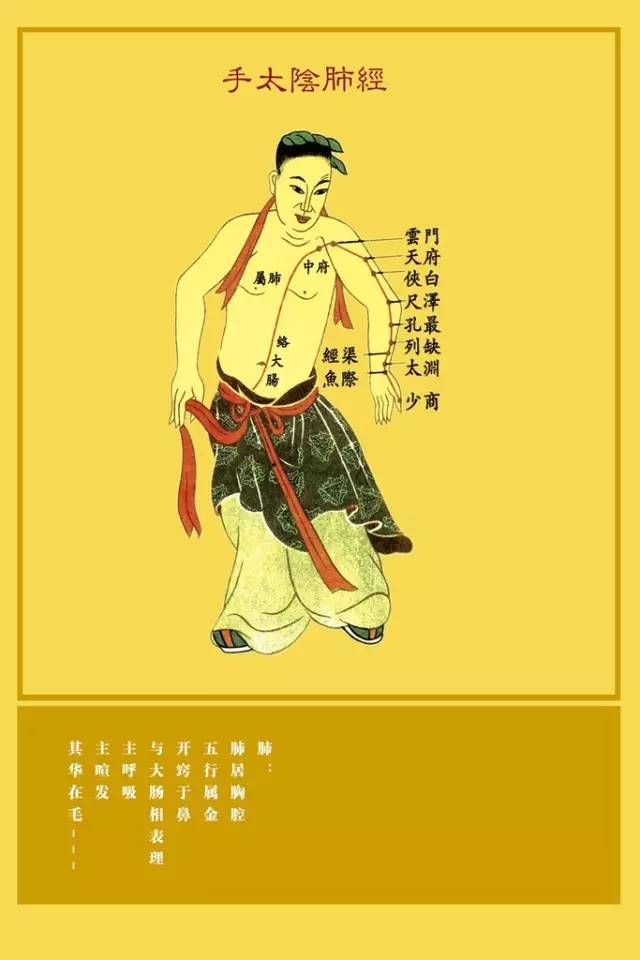
Stiff neck is an experience almost everyone has gone through, often causing great discomfort. It can also be an early signal of cervical spine issues. Those who frequently experience stiff necks should take preventive measures, as it can lead to cervical spondylosis. The Lie Que acupoint has unique effects in preventing cervical spondylosis. On the human body, the Lie Que acupoint serves as a tool for repairing head-related ailments.
The Huangdi Neijing records that the Lie Que acupoint primarily treats migraines, headaches, and stiff necks. In the Great Compendium of Acupuncture, there is a well-known verse that states, “For neck and head ailments, seek the Lie Que acupoint,” indicating that this acupoint can be used to treat and regulate all conditions above the neck.
The Lie Que acupoint is easy to locate; it is 1.5 inches above the wrist crease on the radial side. When locating the acupoint, cross the thumbs of both hands, and the depression reached by the fingertips is the acupoint. The technique for using the Lie Que acupoint mainly involves flicking.
Hou Xi Acupoint: Treatment for Cervical and Lumbar Disorders
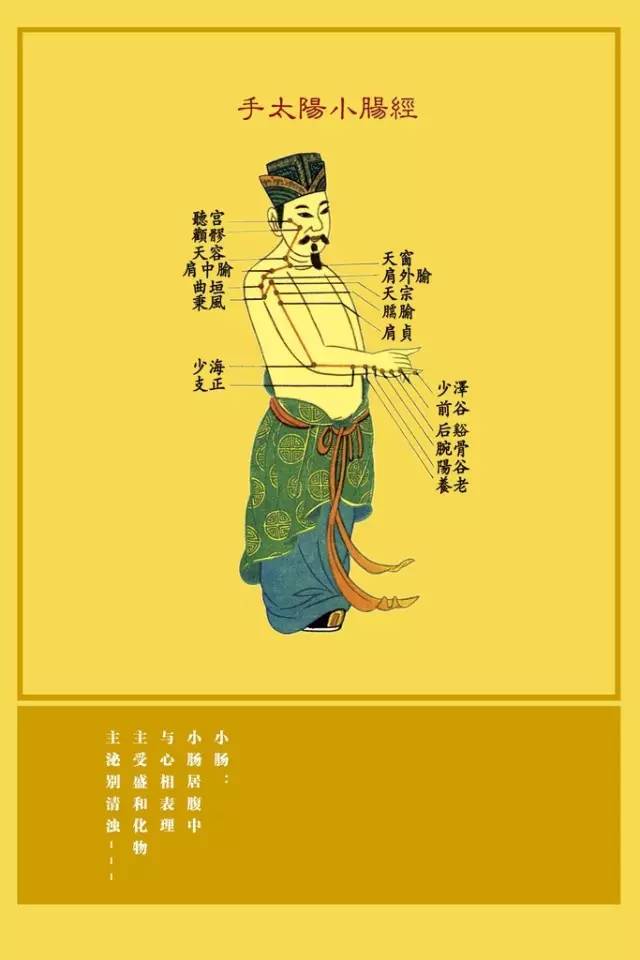
How to locate the Hou Xi acupoint? Make a fist, and the acupoint is located at the distal end of the transverse crease behind the fifth finger joint (i.e., the end of the transverse crease behind the finger joint when the fist is clenched).
If you are sitting in front of a computer, you can place the Hou Xi acupoint on the edge of the table and use your wrist to roll your hands back and forth, achieving a stimulating effect. During the rolling, you will feel a slight soreness.
Spending just three to five minutes daily to stimulate this acupoint can have excellent therapeutic effects on the cervical and lumbar regions.
Zhao Hai Acupoint: Treatment for Throat Pain
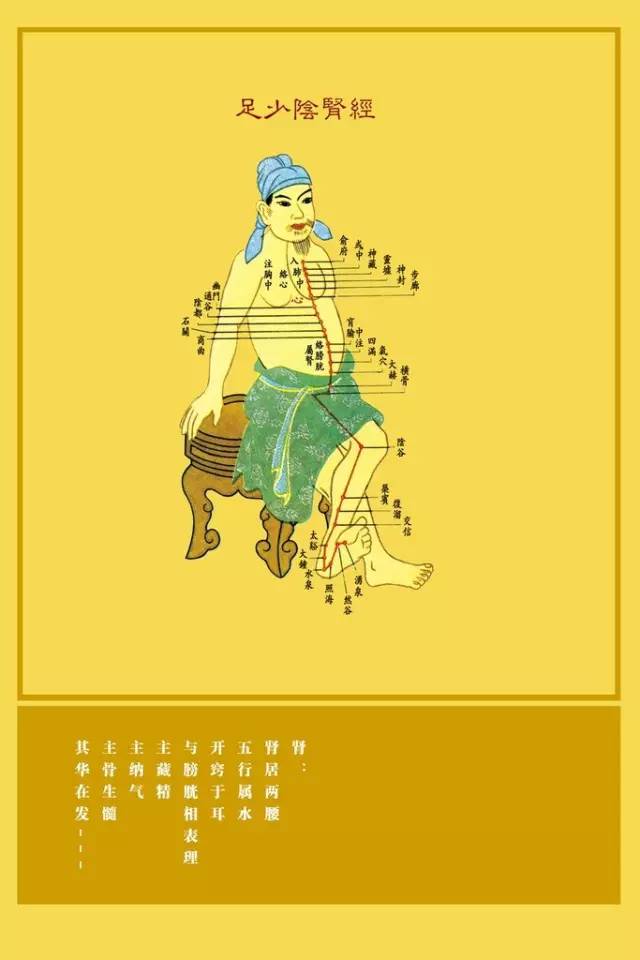
For throat pain, massaging the Zhao Hai acupoint can be very effective, as it belongs to the Yin Qiao Mai and intersects with the Shaoyin Kidney Meridian, making it one of the key acupoints of the Eight Meridians. It has the functions of nourishing the kidneys, clearing heat, and regulating the three burners, providing both nourishment and heat-clearing effects.
Sun Simiao in his work Essential Prescriptions Worth a Thousand Gold referred to this acupoint as “Luo Yin,” indicating that if there is an issue with this acupoint, it can lead to a decrease in kidney water, resulting in kidney yin deficiency and causing the rise of empty fire.
Therefore, whenever we feel discomfort in the chest, dryness and pain in the throat, hoarseness, or even chronic pharyngitis, we can press this acupoint, which not only has the effect of nourishing the kidneys and clearing heat but also helps to smooth the functions of the three burners.
To locate the acupoint, align the soles of both feet, and there is a small depression below the inner ankle, which is where the acupoint is located (see the image above). When massaging this acupoint, keep your mouth closed and refrain from speaking, allowing the saliva to accumulate in your mouth and swallow it down.
Generally, after pressing for 3 to 5 minutes, you will feel saliva in your throat, and the pain will immediately alleviate. Keeping your mouth closed is to facilitate the upward movement of the saliva to moisten the throat, which is what the ancients referred to as the “swallowing saliva method.”
Massaging the Zhao Hai acupoint stimulates the essence and qi in the kidneys, allowing fluids to rise and moisten the throat, while the empty fire is nourished by the kidney water, leading to a natural resolution of throat pain.
Shen Mai Acupoint: A Pure Yang Remedy for Coldness
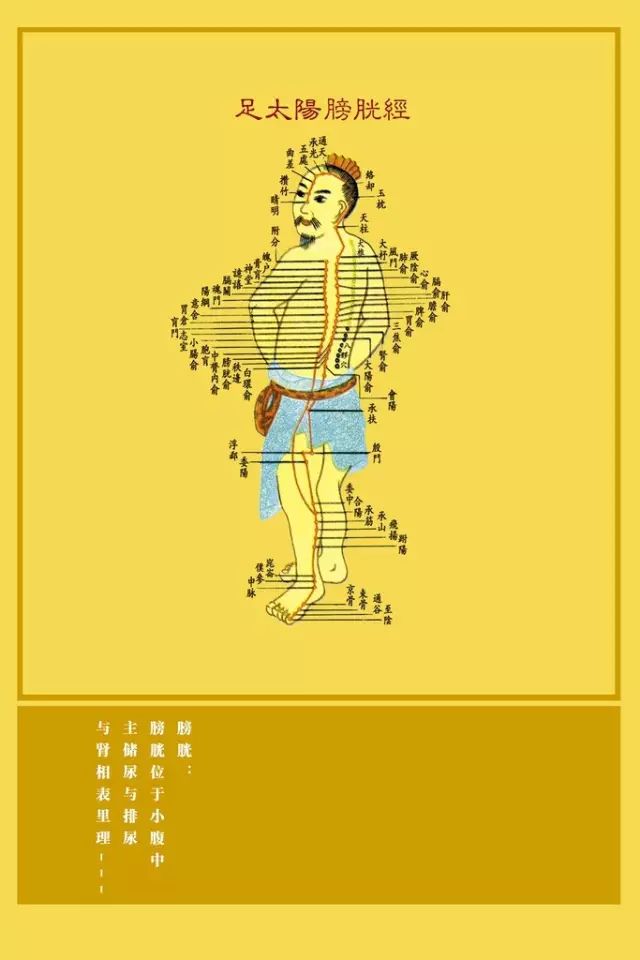
“Stiffness in the waist and back, leg pain” is a clear sign of the bladder meridian being affected by cold evil qi. Since the Yang Qiao connects to the bladder meridian, the Shen Mai acupoint is an important point on the bladder meridian.
Thus, the Shen Mai acupoint is the purest yang; using this acupoint can dispel internal cold evil and allow yang qi to reach the top of the head, balancing the body and enabling agile movement.
When combined with Xiao Qinglong Decoction, it achieves a synergistic effect of resolving both exterior and interior issues. It helps expel cold evil from the body quickly while restoring one’s yang qi, making it a remarkable acupoint for dispelling cold and reviving yang.
The Shen Mai acupoint is a crucial intersection of the Yang Qiao and Taiyang Bladder Meridian, and it is easy to locate, found in the depression just below the outer ankle bone.
When the body is affected by cold evil, it tends to curl up and shiver, which in TCM is referred to as “contraction and retraction.” The Shen Mai acupoint has the effect of stretching the meridians, quickly mobilizing the body’s yang qi; when yang qi is sufficient, the cold evil will disperse.
Gong Sun Acupoint: Alleviating Dysmenorrhea and Spleen-Stomach Disorders
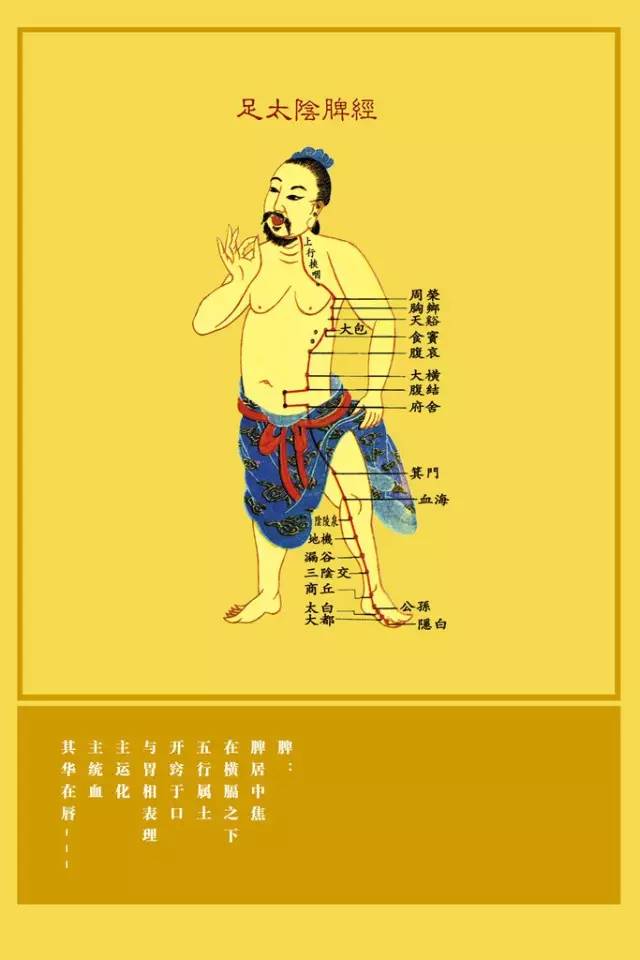
The Gong Sun acupoint is a connecting point of the spleen meridian, associated with the spleen and linked to the stomach, and it directly connects with the Chong Mai located in the chest and abdomen, thus it has the effect of treating various disorders of the spleen, stomach, and abdominal area.
In medicine, it is believed that the treatment of all gynecological diseases should start with the spleen and stomach, especially for menstrual irregularities, where the stomach should be prioritized. The spleen governs blood and is responsible for transformation. If the spleen and stomach are deficient and cold, they cannot transform water and dampness, leading to dysmenorrhea, which may also be accompanied by symptoms such as vomiting, nausea, and headaches.
Women with dysmenorrhea can benefit from massaging the Gong Sun acupoint. The Gong Sun acupoint is located on the inner edge of the foot; I generally consider the Gong Sun acupoint as a region, located behind the big toe, along a large metatarsal bone on the inner side of the foot. Pressing along this bone until you find the most tender or sore point is your own Gong Sun acupoint.
Lin Qi Acupoint: Elevating the Body’s Shaoyang Qi
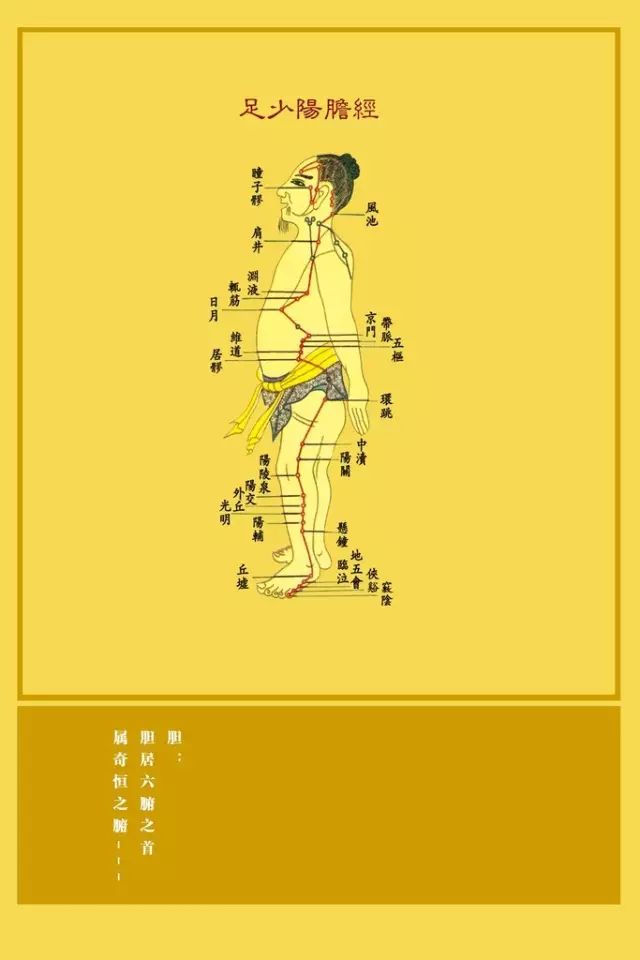
The Lin Qi acupoint is one of the main acupoints on the gallbladder meridian, connecting with the Chong Mai, and it is a wonderful acupoint that can regulate two meridians with one point. The Chong Mai runs around the navel, like a jade belt around the body, which can restrain the vertical flow of qi and enhance the connection of qi and blood circulation between the meridians, making it a very important health meridian.
When using this acupoint, you can adopt a sitting position with your legs curled up; it is located on the outer side of the foot, in the gap between the fourth and fifth toes. The Lin Qi acupoint primarily elevates the body’s shaoyang qi and disperses the stagnant qi of the liver and gallbladder. Regular pressing can yield better results than professional foot therapy.
The Extraordinary Meridians are relative to the twelve regular meridians, namely the Du Mai, Ren Mai, Chong Mai, Da Mai, Yang Qiao Mai, Yin Qiao Mai, Yang Wei Mai, and Yin Wei Mai.
The content of the Eight Extraordinary Meridians was first scattered in the Huangdi Neijing and later compiled in the Nanjing, where the name Eight Extraordinary Meridians was proposed, detailing their distribution routes and symptoms, stating: “All these eight meridians are not bound to the regular meridians, hence they are called the Eight Extraordinary Meridians.”
The Eight Extraordinary Meridians are characterized by not being linked to the organs internally, not having corresponding acupoints in the regular meridians (except for the Ren and Du), and lacking exterior-interior matching. They are intricately interwoven among the twelve meridians, playing a role in regulating the overflow of qi in the regular meridians.
For ordinary people with robust blood and qi, the twelve regular meridians and the five organs and six bowels are in good vitality, but the Eight Extraordinary Meridians are less involved.
According to meridian theory, the internal qi generally fills the twelve regular meridians, and only when there is excess internal qi does it begin to flow into the Eight Extraordinary Meridians. For practitioners, once the internal qi is activated, it is advisable to first cultivate the Du Mai (this point is often reversed by those practicing Pure Land or Esoteric methods, which can lead to confusion), then connect to the Ren Mai and subsequently to the Chong Mai (the two meridians on either side of the Ren Mai).
During this stage, although the lower abdomen may be stimulated, the true qi is still insufficient, so it is advisable to focus on the important meridians.
The importance of the Du Mai lies in its pathway, which can penetrate the brain and connect to the heart; these two areas are the focal points that practitioners must first regulate.
When the internal qi enters the brain through the Yao Hu acupoint, it can develop wisdom; when the internal qi flows through the heart, the practitioner can enter a state of subtle breath, reaching the realm of those who practice with and without leakage. In the seemingly imperceptible breath, one can then fill the entire body with internal qi.
【Public Welfare Live Broadcast Content】
1. Diagnosis and treatment of frequent urination, urgency, painful urination, and difficulty urinating caused by prostatitis and prostatic hyperplasia, effective in one session.
2. Treatment of tenosynovitis.
3. Diagnosis and treatment of indigestion, loss of appetite, aversion to food, and excessive salivation.
